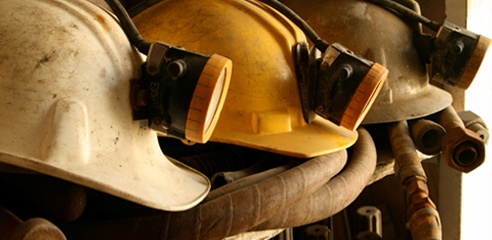
Thinking about a career in mining? Mining is an extremely physical and often dangerous occupation.
And, while mine safety has improved drastically over the years, it’s important to educate yourself about the risks associated with mining and the safety precautions you can take to protect yourself.
Check 5 of the most dangerous mining hazards seen in the industry today and learn how prevention, proper training, and effective commutation can combat these risks.
1. Mining Equipment Accidents
Driving and operating large mining equipment can be intimidating and dangerous. Rightly so.
However, while the machinery comes built in with possible dangers and complication, a study done by the U.S. department of energy revealed that “human error was a causal factor in 93% of [equipment] error” that led to an accident.
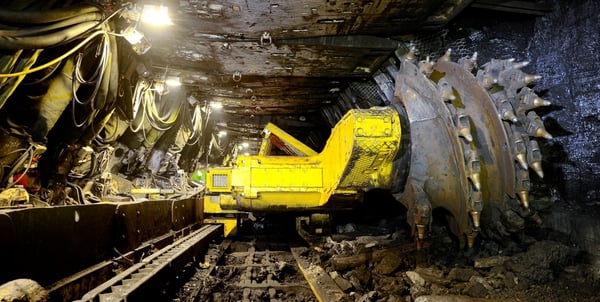
Machine operators must be proactive, defensive drivers in order to maneuver changing and rough road conditions and react to equipment malfunction.
The large mass of the vehicles often requires drivers to take advance action, such as breaking long before the stop is actually desired.
Combining these factors along with human fatigue (another underlying risk of mining) can cause a situation to spiral downward in hurry.
When operating mining equipment, proper training will better prepare you to handle iffy situations and a goodnights rest (at least 7 hours) or a nap before a night shift will help fight off the fatigue that can set in during a long shift.
2. Floods
Flooding may not be the first thing that comes to mind when thinking about mining hazards, but mine floods can cause catastrophic accidents.
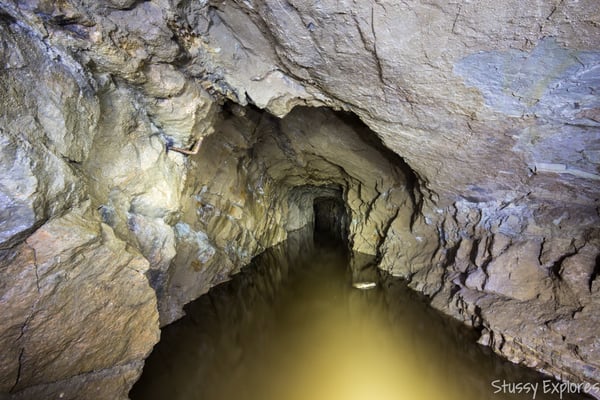
Mines flood from collapsing, surrounding dams breaking, flash flooding, and excessive ground water intruding. While there is no stopping nature’s course, being observant of your surroundings plays a big part in mitigating the results of the flood.
Recognizing a potential problem allows you to leave the area or better secure the mine before the flood fully takes over.
3. Dust
Zoolander’s impression of the black lung was certainly comical, but the health risks associated with dust inhalation are not a laughing matter.
According to the U.S. department of labor, Coal Workers’ Pneumoconiosis, AKA, the black lung, “is the most widespread disease caused by mineral dusts throughout the world.” Much has been done to mitigate this disease, but the risk still exists.
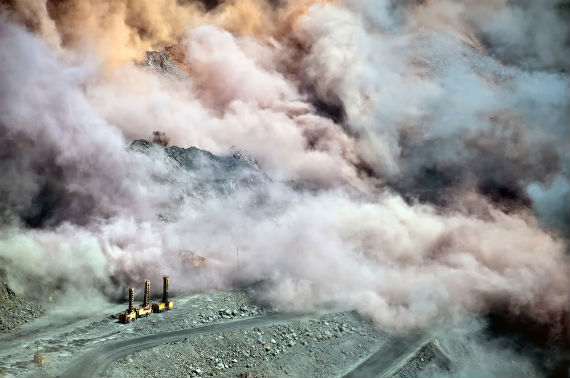
The continued inhalation of dust overwhelms the body’s defense system, making breathing more and more difficult. Because there is no cure, prevention through increased mine safety is the best solution.
The U.S. department of labor recommends wetting down your work area, reducing exposure, engaging in effective training, sampling the air regularly, screening yourself for the disease early, and using proper respiratory protection in order to minimize the effects of dust inhalation.
4. Explosions
BOOM! Watch out for flying rock.
Know the explosion radius so that you are far enough away to avoid flying rock when the blast takes place and watch out for misfires that can later go off unexpectedly.
Listen carefully during training and clearly communicate with your team members to minimize the risk of injury while using explosives. Methane gas explosions are another one of many types of dangerous mining hazards.
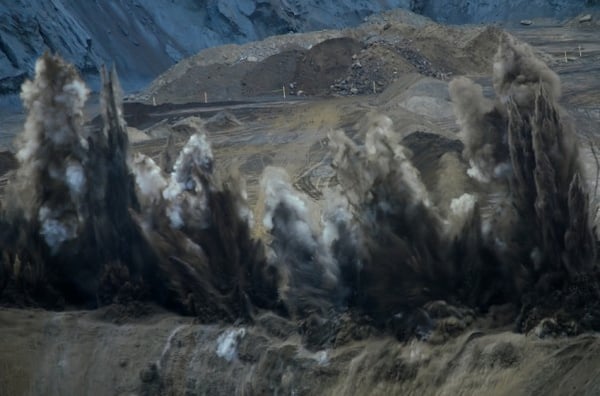
According to Yi Luo, an associate professor of mining engineering at West Virginia University, the explosion occurs when a build up of methane gas “comes in contact with a heat source and there is not enough air to dilute the gas levels to below its explosion point.”
Ventilation through the use of large fans is the most common way to combat such explosions.
5. Electrocution
Using water to combat dust is effective, but it can also increase the chances for electrocution. Electric shock and burns can occur when various loose cables come in contact with water or when machine buttons accumulate water.
Direct contact by the miner with the cables or other mining machinery can also cause serious injury.
Being aware of your surroundings, performing routine equipment checks, and following safety procedures can greatly help reduce the chance of electrocution.

.png?width=220&name=Do%20You%20Pocatello%20Podcast_%20(1).png)

